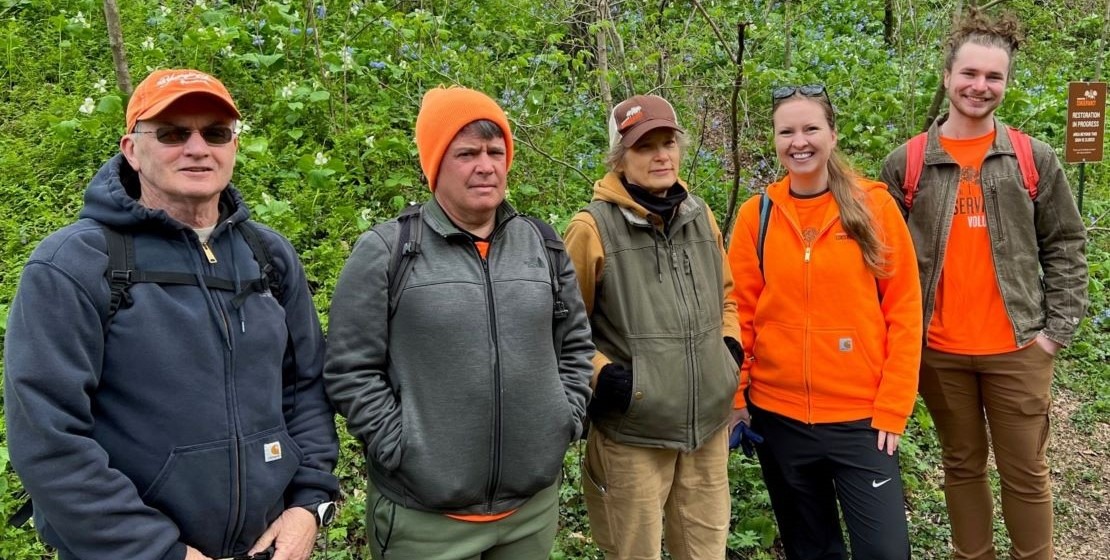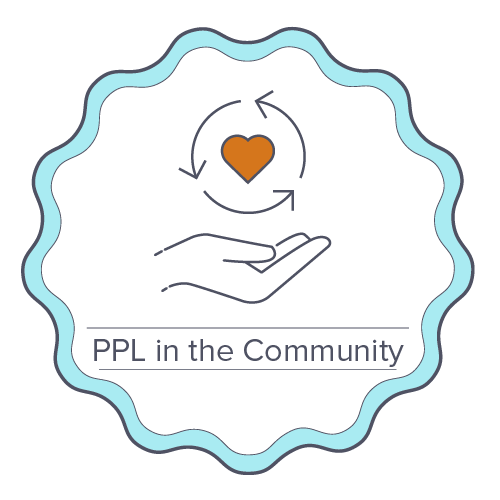Being part of the communities we serve goes well beyond delivering safe, reliable electricity. Through PPL Foundation grants, we support local programs focused on environmental stewardship and education, economic development and/or workforce development.
The Lancaster Conservancy in southcentral Pennsylvania recently received a grant from the PPL Foundation. The Conservancy is using this funding to remove invasive plant species from two nature preserves of the 10,000 acres it has protected in its over-50-year history.
The Conservancy protects and tends to 50 preserves in Lancaster and York Counties. With 25 full-time employees, the Conservancy turns to hundreds of community volunteers every year who log thousands of hours of service.
“We couldn’t do this work without them,” said Vice President for Engagement and Education Keith Williams. “We have very few ecosystems that are not impacted by invasive plants. Because they’re not native to our land, they don’t have the typical population controls that keep their numbers in check.”
This, Williams says, leads to a lack of diversity in the ecosystem, which in turn impacts the plants and wildlife that depend on natural resources.
The grant from the PPL Foundation is helping the Conservancy pay for materials to remove invasive species within the Shenks Ferry and Kellys Run preserves. So far this year, our funding has aided in the removal of 3,600 gallons of garlic mustard, a prominent pest across the northeastern United States.
“We started this project three years ago,” Williams said of the garlic removal. “We compare this area to some that we haven’t gotten to yet, and the diversity of the native wildflowers is so much greater on these treated lands.”
Invasive species within the Conservancy include more than just garlic mustard. The team is planning to also remove larger intruders like multiflora rose, bush honeysuckle and autumn olive. With the help of passionate volunteer conservationists like Brad Gorter, the team hopes to preserve the land’s natural beauty and all that comes with it.
“The Conservancy was looking for volunteers and we realized that we could give back to the organization that provided such wonderful outdoor spaces for us to enjoy,” Gorter said.
“Performing this work isn’t just important, it’s vital to the long-term health and sustainability of the places we work and live.”
The Conservancy has expanded and flourished for 54 years, and it believes that these efforts can help it – and our natural lands and wildlife – thrive well into the future.
“Humans depend on the diversity we’re protecting,” Williams said. “Each organism within these 10,000 acres provides an ecosystem function, and we benefit from the services that are provided. These native species deserve to be here as much as we do, and the work that we’re doing ensures that these species will continue to thrive into future generations.”



0 Comments